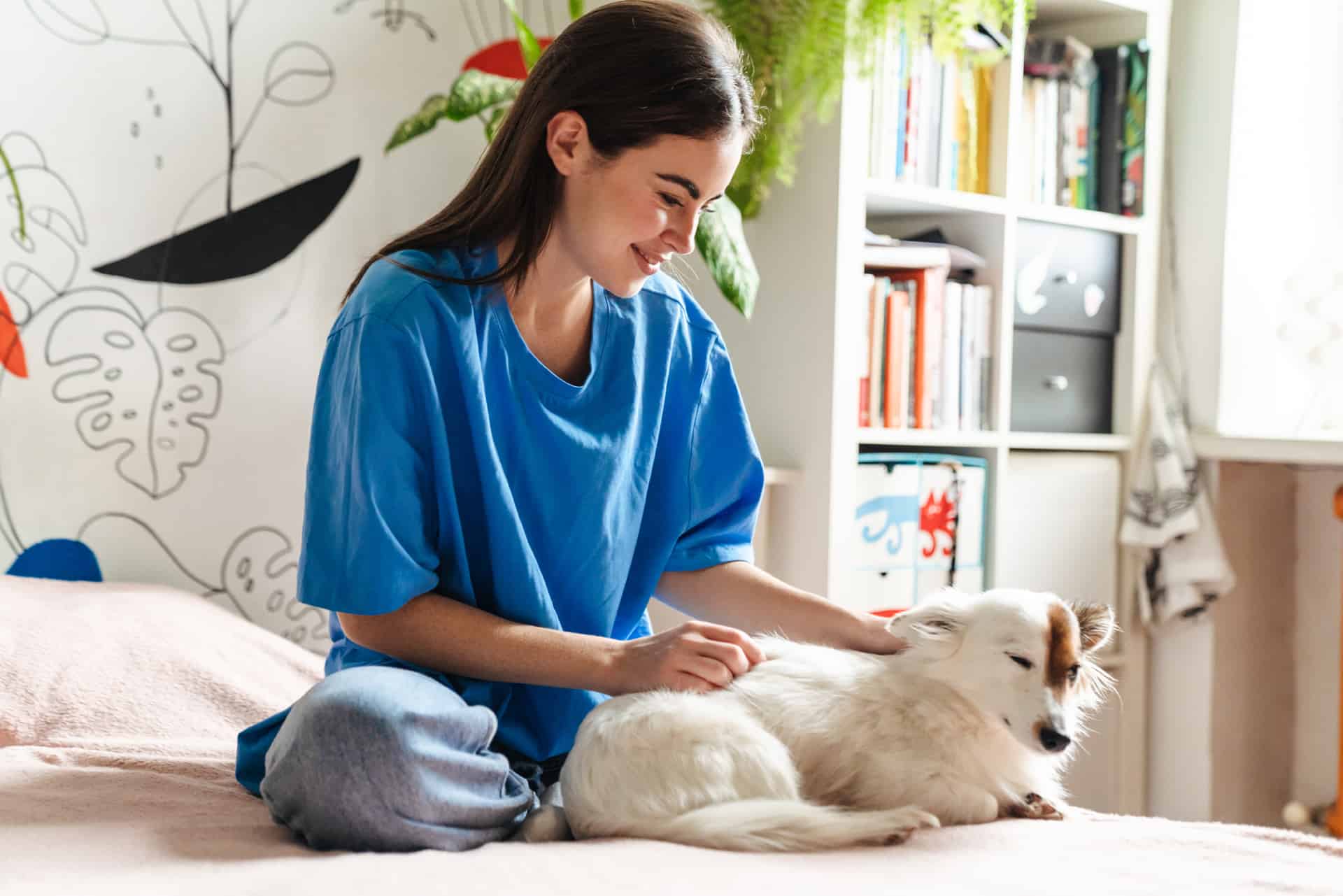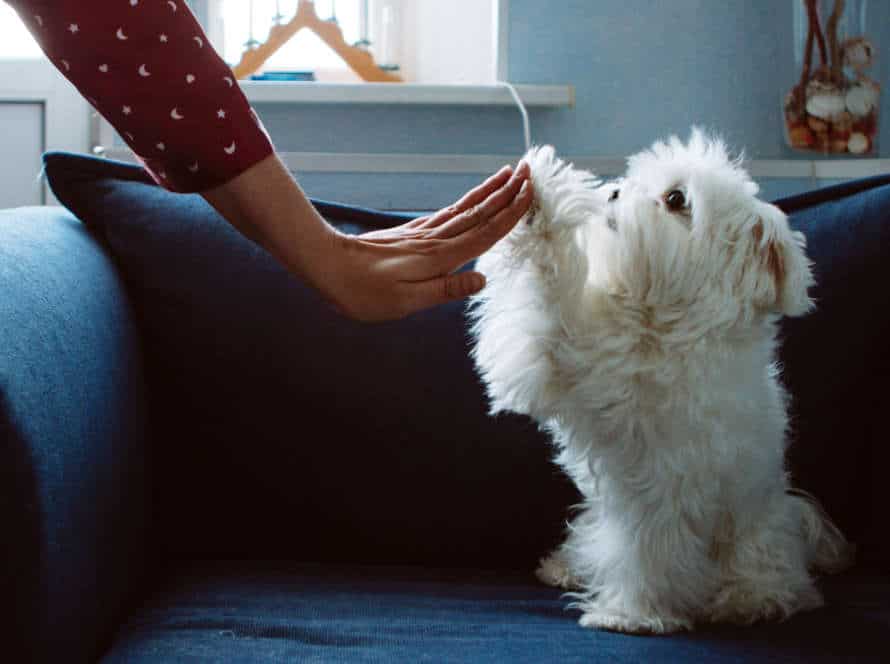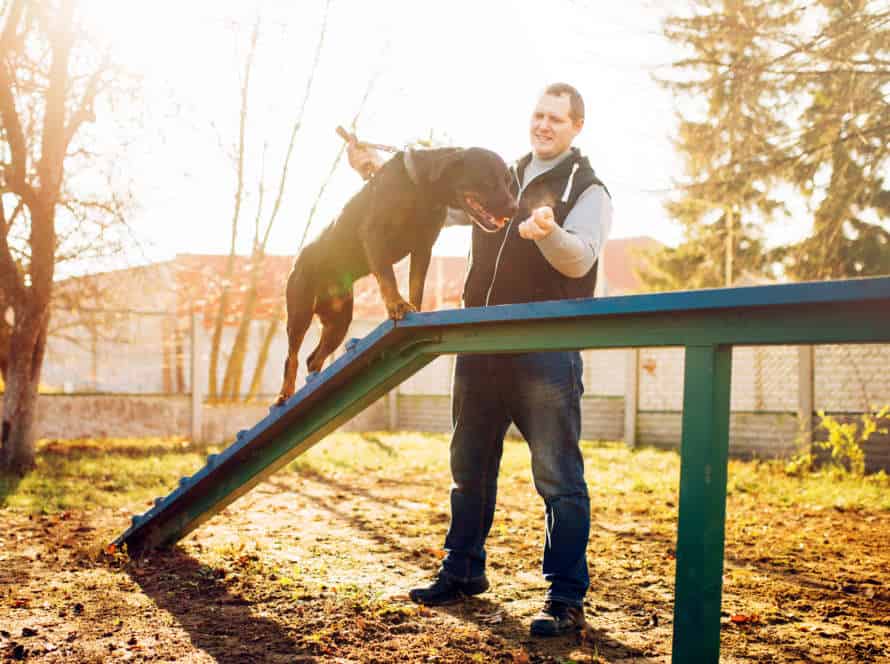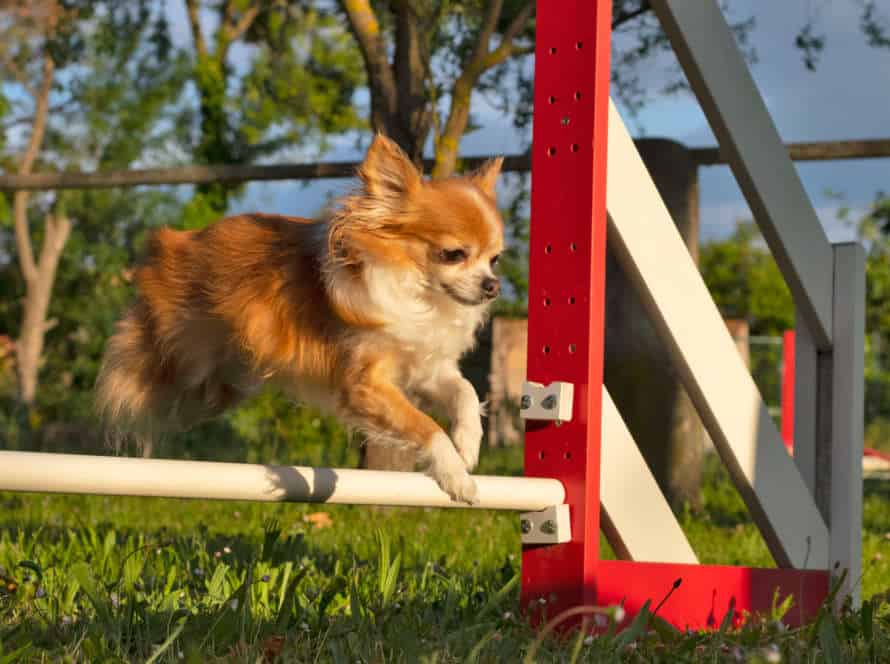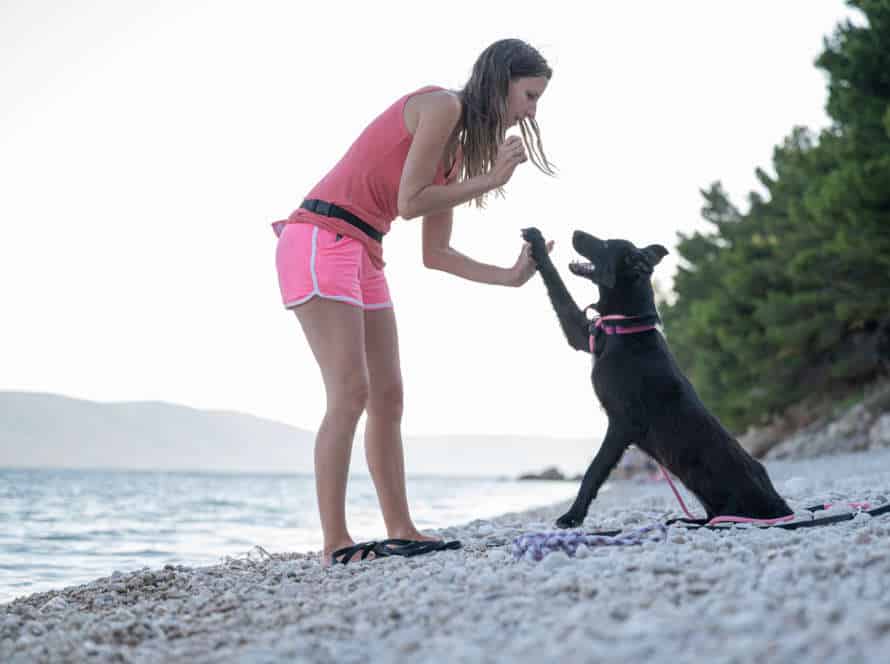Addressing Behavior Issues Through Interactive Play
Interactive play is a great way to help kiddos with behavior issues. It encourages healthy development and strengthens the bond between parents/caregivers and children. Here are a few ways it helps:
- Enhances communication. Kids can express themselves through words, body language, and play. Parents/caregivers can then better understand their child’s needs.
- Promotes positive behaviors. Interactive play teaches children positive behaviors and social skills like sharing, taking turns, and using respectful language.
- Reduces negative behaviors. It can lessen aggression, anxiety, and depression by providing a safe, supportive environment.
Tip: Make playtime fun rather than only focusing on correcting bad behavior. That will get kids to stay engaged and motivated.
Understanding Interactive Play
Interactive play is a must for tackling behavior problems in kids. It gives parents and kids a chance to examine and tackle behaviors, forging a strong relationship. Plus, interactive play can help children to acquire social and emotional skills. Here, we will observe how interactive play is useful and how it can be used to tackle behavior issues in kids.
Define Interactive Play
Interactive play is essential for pet owners and kids. It helps build relationships and promote social and cognitive development.
Playing fetch with a pup, tug-of-war with a doggo, hide-and-seek with a kitty, and board games or outdoor activities with friends and family are all examples of interactive play.
For pets, playing helps relieve boredom, reduce anxiety, and stay healthy. For kids, it develops positive social skills, boosts cognitive function, and promotes positive behavior.
Interactive play is an important part of a healthy lifestyle. So, don’t forget to have some fun and play together every day!
List the Benefits of Interactive Play
Interactive play can offer a plethora of advantages to kids. Such as: enhanced physical health, improved socialization skills, mental development, and emotional stability.
Here are some of the main merits of interactive play:
- Physical health: Interactive play encourages kids to participate in physical activities. Including running, jumping, and climbing, which can help promote their physical health and fitness.
- Socialization skills: Interactive play helps children build social skills like communication, cooperation, and teamwork. In addition, they learn to take turns, share, and respect others.
- Cognitive development: Interactive play encourages mental growth. By providing an opportunity for problem-solving, imagination, and creative thinking.
- Emotional well-being: Interactive play boosts self-confidence and self-esteem while reducing stress and anxiety.
In addition, interactive play can be utilized to address behavior issues in children. As it allows them to channel their energy and feelings in a positive way. Thus, teaching them to manage their emotions and express themselves healthily.
Discuss the Role of Interactive Play in Behavior Modification
Interactive play is great for changing pet behaviour. It helps reduce stress and cheer up your pet. Plus, it boosts their thinking skills, and strengthens the human-animal bond. Here’s how…
- Physical Activity: Games get your pet active and burn off extra energy. This stops them from doing naughty things like chewing and barking.
- Reduces Anxiety: Interactive play gives them an outlet for all that built-up energy. This stops them from being fearful, barking too much, or being aggressive.
- Mental Stimulation: Puzzles, fetch, hide and seek, and other games help your pet think. This stops them from getting bored and doing bad things.
- Bonding: Playing with your pet helps you both bond. This helps your pet learn good behaviour.
So, interactive play is key for pet behaviour modification. It gives them a better life, and better behaviour.
Types of Interactive Play
Interactive play is crucial for addressing behavior difficulties in kids. It’s proven to be a successful method of helping them learn social and emotional skills, control their emotions, and give them outlets for their energy and creativity. Interactive play includes constructing games and activities that capture the imagination and motivate collaboration, problem-solving, and communication. There’re three kinds of interactive play:
- Physical: It involves activities that require physical movements, such as running or jumping.
- Verbal: It emphasizes verbal communication and interaction, such as storytelling or role-playing.
- Imaginative: It stimulates imaginative and creative thinking, such as building something or using props to create an imaginary world.
Physical Play
Physical play is an interactive style that boosts children’s physical, emotional and cognitive growth. It involves using the body in different ways, such as jumping, running, climbing or playing sports. This kind of play is a must for holistic development in children. It can also be used to fix behavioral issues.
There are four types of physical play:
- Unstructured Play – this allows kids to explore and come up with their own rules and games. This encourages creativity and self-expression.
- Structured Play – this has specific rules and objectives. Examples include soccer or basketball. It teaches kids the value of teamwork and improves physical skills.
- Rough-and-Tumble Play – this is playful physical activity like wrestling or tag. It helps children control their body movements and increases social interactions.
- Using physical play to address behavior issues can reduce stress and improve mood. It can also boost self-awareness and self-confidence, teaching them how to manage their emotions and interact positively with others.
Describe Physical Play
Physical play is an interactive way of using the body. It’s a great way to help children with behaviour issues and give them a healthy outlet for their energy. There are various types of physical play:
- Active play is running, jumping, and climbing.
- Rough-and-tumble play includes physical contact like wrestling, pushing, and pulling.
- Object play includes manipulating, throwing, or catching toys, balls, and other objects.
- Dramatic play involves pretending and taking on different roles, often with costumes or props.
Physical play helps grow motor skills, coordination, and social skills. Plus, it’s fun and helps burn off excess energy. By adding physical play to a child’s daily routine, we can reduce behaviour issues and give them a place to express physical and emotional needs.
List Physical Play Activities
Physical play activities are a great way to get kids involved and help them manage challenging behavior through interactive play. Here are some popular physical play activities you can do with your children:
- Tag: An entertaining classic game which helps kids improve their endurance, speed, and agility.
- Obstacle course: Make a simple obstacle course using chairs, cones, and other household items. This enhances their balance, coordination, and gross motor skills.
- Simon Says: This game encourages kids to listen and follow instructions, thus improving their listening and cognitive skills.
- Dance party: Get grooving! Turn on some fun music and have a dance-off with your child. This helps them burn energy and boosts their coordination and motor skills.
- Scavenger hunt: Create a scavenger hunt that involves physical activities, such as jumping jacks or squats, to complete each clue. This keeps children active and engaged while having fun.
Explain How Physical Play Addresses Behavior Issues
Physical play is great for kids’ development! It helps with behavior issues too. Here are some ways:
- Emotional regulation – play lets children release energy and stress.
- Social skills – interactive play helps with communication, teamwork, problem-solving.
- Self-control – kids learn to follow rules, take turns and respect boundaries.
- Creativity – it encourages imagination and cognitive development.
In summary, physical play is a safe, healthy way to let out negative emotions. Also, it helps with social skills, self-control and creativity.
Mental Play
Mental play is an interactive way to engage your pup’s brain. It can help with issues like boredom, anxiety, or destructive behavior. There are several options:
- Hide and seek: Hide treats or toys around home or yard and let pup sniff them out
- Puzzle toys: Give pup toys that make them think to get a treat or toy
- Training games: Teach pup new commands with positive reinforcement and rewards
- Scent work: Train pup to identify and find certain scents like essential oils or treats
Mental play offers physical and mental stimulation, plus cognitive development. Pro tip: Change up the activities to keep it fun and safe. Supervise pup during playtime!
Describe Mental Play
Mental play is a fun way to use your pooch’s senses and problem-solving skills. It helps with behavior and encourages good behavior. There are many ways to do it. Such as:
- Hide and seek: Hide treats or toys around the house or yard. Your pup will use their smell and skills to find them.
- Puzzle toys: These toys challenge dogs to figure out how to get treats or toys hidden inside.
- Training games: Not only for teaching new skills, but also for mental stimulation. Plus, it strengthens the bond between you and your pet.
- Tug of war: This game lets your dog do a natural behavior, plus physical exercise and agility.
Mental play is a great way to give your pup exercise and mental stimulation. It helps with behavior and reinforces good behaviors.
List Mental Play Activities
There are numerous mental play activities that combat behavioural issues. These are:
- Hide and Seek – aids in developing the pet’s cognitive skills and strengthens the connection between pet and owner.
- Fetch – a classic game which encourages physical and mental exercise for the pet, plus an opportunity to bond.
- Food Puzzles – these battle boredom and separation anxiety, plus stimulate the pet mentally.
- Tug-of-War – this activity boosts the relationship between the pet and the owner and caters to the pet’s natural instinct to bite and chew.
- Training sessions – regular training with treats and rewards help improve behaviour, while also providing physical and mental stimulation.
Explain How Mental Play Addresses Behavior Issues
Mental play, also known as interactive play, is a great way to address behaviour issues in pets. Here are the ways it can help:
- Mental stimulation – Puzzles and games that require thinking can keep pets from getting bored and misbehaving.
- Channelize energy – Pets with lots of energy sometimes act out. Interactive play helps to put that energy into more positive activities.
- Increase bonding – Having playtime with your pet can help build your bond, reducing stress and anxiety which leads to better behaviour.
Pro tip – Switch up the interactive toys and puzzles you use so your pet never gets bored!
Behavior Issues That Can Be Addressed Through Interactive Play
Parents: Use interactive play to address behavior issues in your children! It helps them express their emotions, control their impulses, and learn to socialise. Here’s a look at the different problems interactive play can tackle:
Separation Anxiety
Separation anxiety can be an upsetting issue for dogs. Interactive play can help! Here’s how:
- Reduce stress & anxiety: Play with your pup before leaving home to help lower their stress levels.
- Stimulate them: Interactive play keeps a dog’s body & mind active, thus avoiding behaviors linked to anxiety & boredom.
- Strengthen the bond: Show your pooch affection through interactive play. This builds trust & encourages good behavior.
By incorporating interactive play into your routine, your pup can feel relaxed & secure when you’re away. Pro tip: Switch up the types of play, like fetch, tug-of-war & hide-and-seek – to keep things interesting for your furry friend.
Aggression
Aggression in dogs can have many causes, such as anxiety, fear, lack of socialization, and resource guarding. Interactive playtime can help with these behaviors, by giving exercise, mental stimulation, socialization, and positive reinforcement. To reduce aggression in dogs, here are some fun activities:
- Fetch! It’s great for exercise and getting their minds going. Start small and increase the distance as they get more confident.
- Tug of War! This builds trust and reinforces good behavior, but make sure to set clear rules and boundaries.
- Hide and Seek! This helps with fear and anxiety, plus it’s a mental challenge.
- Obedience Training! Teaching your dog commands like ‘sit’, ‘stay’, and ‘come’ builds trust and respect.
Pro Tip: Speak to an expert trainer or behaviorist to find out the root cause of your dog’s aggression and create a plan.
Destructive Behavior
Destructive behavior in pets? Let’s address it! Give them interactive play daily. Pets act out when they’re bored, lonely, or mad. Here’s how interactive play can help:
- Chewing: Give them chew toys and puzzle toys that give treats when solved. Play fetch or tug of war for 10-15 minutes a day.
- Biting: Provide toys that are safe for biting and redirect biting with appropriate toys instead of body parts.
- Scratching: Get them scratching posts and pads. Incorporate jumping and climbing activities too.
- Separation Anxiety: Provide toys with calming scents or sounds. Engage in play before leaving home.
Give your pet interactive toys and playtime to reduce destructive behavior and improve their wellbeing. Pro tip: Change up the toys and activities to keep them engaged and stimulated!
Designing an Interactive Play Program
Interactive play is key for tackling behavior issues. It can aid kids to understand social skills, self-regulation, and problem-solving. Crafting an interactive play program is a strong way to tackle behavior issues. This article looks at the parts of an interactive play program and how it can boost a child’s emotional and behavioral functioning.
Assessing Your Pet’s Personality and Behavior Issues
Assessing your pet’s personality and behavior is the first step to creating an interactive play program to tackle those issues. To make sure the activities you choose fit your pet’s needs, it’s essential to understand its personality and behavior. Here are 3 things to consider:
- Observe: Check your pet’s behavior in different situations to see any repeating issues or character traits.
- Bond: Spend time with your pet to learn about its likes and dislikes, temperament, and energy levels.
- Experiment: Test various toys, games, and activities to measure your pet’s interest and engagement.
Once you get a sense of your pet’s personality and behavior, you can design a play program that fits their needs and helps deal with any issues, such as separation anxiety or destructiveness. Pro Tip: Be consistent when implementing the program. Make a plan and stick to it.
Identifying Interactive Play Activities That Address the Behavior Issues
Creating a lively play program to tackle behavior concerns involves spotting activities that promote good behavior and hamper bad behavior in kids. Here are some interactive play actions that can assist with behavior troubles:
- Role-playing: Role-playing grants children the opportunity to apply social abilities, learn problem-solving approaches, and try out real-life situations in a secure way.
- Cooperative games: Cooperative games give kids the chance to work together towards a mutual aim and acquire teamwork aptitudes.
- Storytelling: Storytelling encourages imagination, inventiveness, and understanding of other perspectives.
- Sensory play: Sensory play helps kids investigate their environment and manage emotions.
- Physical activity: Physical activity encourages children to expend energy, construct self-confidence, and decrease tension.
By including these interactive play activities in a well-structured program, we can furnish children with the skills to tackle their behavior issues and develop healthy social and emotional capabilities.
Developing a Structured Interactive Play Program
Designing a structured interactive play program can be a great way to help with kids’ behavior. Here are some tips:
- Create a routine. Have a regular schedule for structure and consistency.
- Pick age-appropriate activities. Choose games and activities that match the child’s interests.
- Include educational components. Puzzles, board games and interactive books can help kids learn and build skills.
- Use positive reinforcement. Give verbal praise or small rewards to encourage good behavior.
- Tackle behavioral issues. Use interactive play to work on social skills, aggression, or anxiety.
Pro Tip: Balance it out. A mix of structured and unstructured play is key!
Tips for Successful Interactive Play
Interactive play is an awesome way for parents and caregivers to help children with behavior problems. It gives children the chance to explore their feelings and behaviors through fun activities. But, to make interactive play really effective, there are some tips and tricks! Here are the tips and tricks for successful interactive play:
Acclimate Your Pet to the Play Environment
Acclimating your pet to the play environment is key for successful interactive play and dealing with behavior problems. Here’s what you can do:
- Start slowly – Allow your pet to explore the environment gradually, and give rewards or praise for good behaviour.
- Set rules – Set clear boundaries and regulations for playtime. Give signals when playtime is over, and make sure your pet understands these.
- Promote positive interaction – Reward your pet for positive behaviour during playtime, such as using toys appropriately or following instructions.
- Be patient – It may take your pet a while to get used to the play environment. Be patient and remain consistent. Don’t force them into uncomfortable situations.
By acclimating your pet to the play environment, you can have a successful, positive, and effective way of addressing behaviour issues.
Scheduling Interactive Play Sessions
Interactive play with your pet? Yes! Essential and enjoyable for building a strong bond. Schedule it to help address any behavioural issues and for promoting physical and mental wellbeing. Here’s some tips:
- Set time for play – Have a schedule that works for both of you.
- Pick the right toys – Choose ones that fit the age, interests and play style of your pet. Experiment!
- Get involved – Show enthusiasm and reward good behaviour with treats.
- Know when to stop – Monitor energy levels, so as not to overstimulate or tire them out.
Pro tip: Interactive play stops unwanted behaviour like chewing furniture or barking too much. It provides an outlet for energy and stimulates the mind.
Setting Clear Rules and Boundaries for Interactive Play Sessions
Setting rules + boundaries for playtime is key for a successful + safe playtime with your pets. It also helps with any behavior issues that may come up. Here are some tips:
- Start with commands + training – Teach your pet the basics like “sit,” “stay,” and “come.” This helps show you’re the leader + your pet knows what’s expected.
- Use toys – Use toys to guide play + set a clear boundary. For example, use a fetch toy to get your dog to run + catch.
- Set time limits – Set a specific length of playtime + stick to it. This prevents over-excitement + over-stimulation.
- Recognize + address behavior issues – If your pet shows aggression or too much jumping, use it as a chance to address those issues + modify play.
By following these tips, you can create a safe + enjoyable playtime for both of you, while also working on any behavior issues.
Providing Positive Reinforcement During Interactive Play
Reinforce positive actions during play with your pet to build a strong bond. Here are some tips:
- Reward good behavior with treats and praise, like bringing toys back or coming when called.
- Don’t use negative reinforcement like yelling or hitting – it confuses your pet and can cause fear or anxiety.
- Choose toys that fit your pet’s size to avoid injuries.
- Keep play sessions short and frequent to keep their interest.
- Be consistent and patient in training and enjoy the time with your pet.
- Interactive play is a great way to address behavioral issues like fear, anxiety, or aggression. Provide a safe and positive environment during playtime to reinforce good behavior and reduce bad behavior in your pet.
Monitoring the Effectiveness of Interactive Play in Addressing Behavior Issues.
Monitoring the effectiveness of interactive play is a must for addressing behavior issues in kids. Here are some tips for successful interactive play that can help identify and tackle their issues:
- Observe the kid’s behavior before and after play to understand its effects.
- Choose activities that fit their interests and abilities, to keep them interested and motivated.
- Set strict boundaries and rules to have structure during playtime.
- Give positive reinforcement and feedback to promote good behavior.
- Ensure playtime is challenging enough for the child to learn new skills and develop problem-solving.
Interactive play is an enjoyable and effective way to help kids learn and grow. By following these tips, you can make a positive and interactive environment that helps address the kid’s behavior. Remember – stay patient and consistent, as behavior changes take time and effort.
Frequently Asked Questions
Q: What is interactive play?
A: Interactive play is a type of play that involves two or more individuals actively participating in a shared activity. This type of play is essential in promoting social, emotional, and cognitive development.
Q: Can interactive play help address behavior issues?
A: Yes, interactive play can help address behavior issues. When children engage in interactive play, they build social skills, learn to communicate effectively, and develop emotional regulation. These skills can help reduce negative behavior in children.
Q: What types of interactive play can be used to address behavior issues?
A: There are many types of interactive play that can help address behavior issues, such as role-playing, turn-taking games, problem-solving games, and cooperative games. These types of play help children learn to navigate social situations and communicate effectively.
Q: How can parents or teachers encourage children to engage in interactive play?
A: Parents and teachers can encourage children to engage in interactive play by providing opportunities for play, setting up play dates, and organizing group activities. It’s important to create a safe and welcoming environment for children to feel comfortable and engage in play.
Q: What are some examples of behavior issues that can be addressed through interactive play?
A: Interactive play can help address a variety of behavior issues, such as aggression, anxiety, shyness, and impulsivity. By providing children with opportunities to engage in interactive play, they can learn to regulate their emotions and develop positive social skills.
Q: How can parents or teachers reinforce positive behaviors during interactive play?
A: Parents and teachers can reinforce positive behaviors during interactive play by providing positive feedback, modeling positive behaviors, and using praise and encouragement. This helps children understand what behaviors are expected and reinforces positive social skills.

